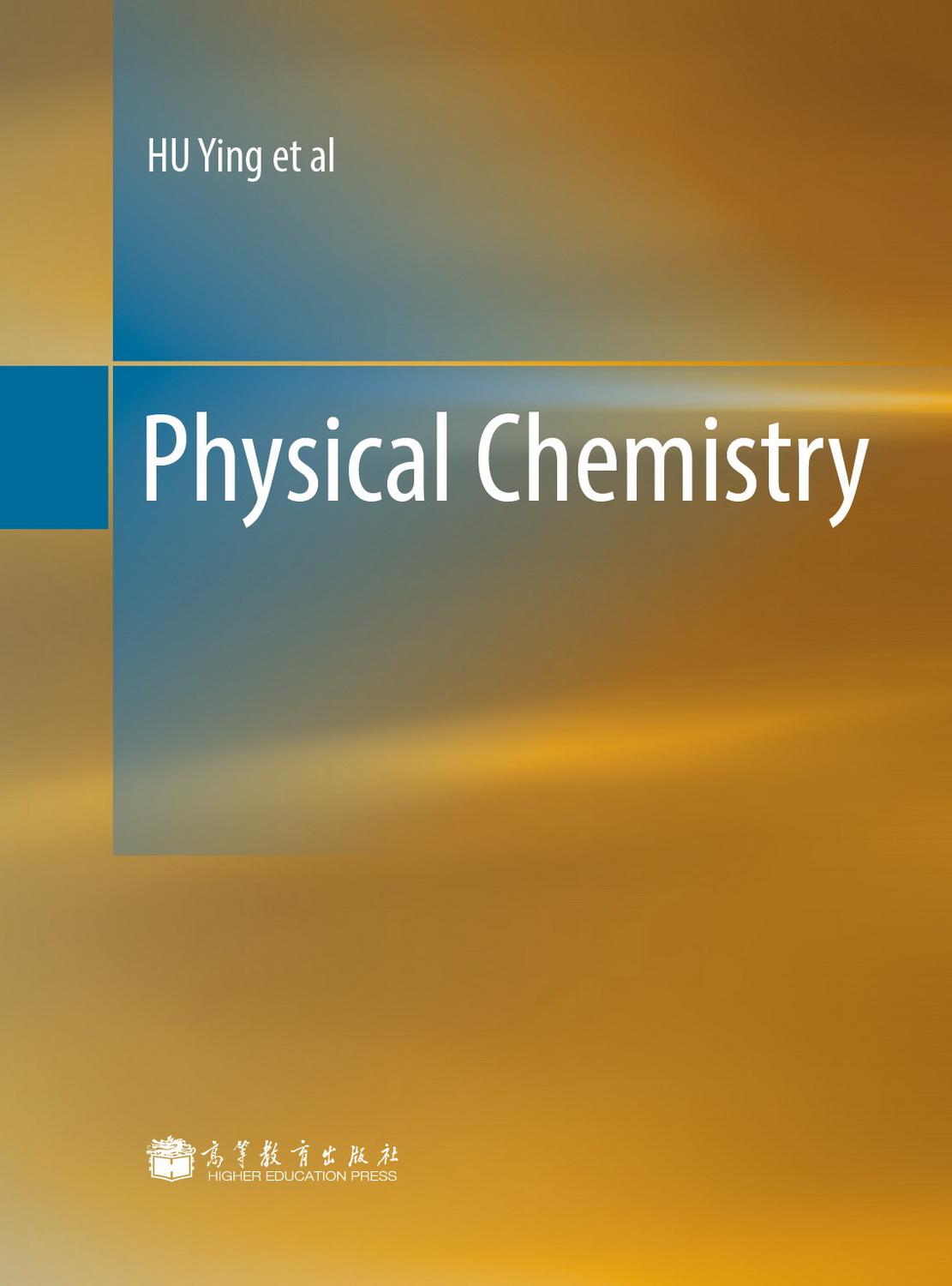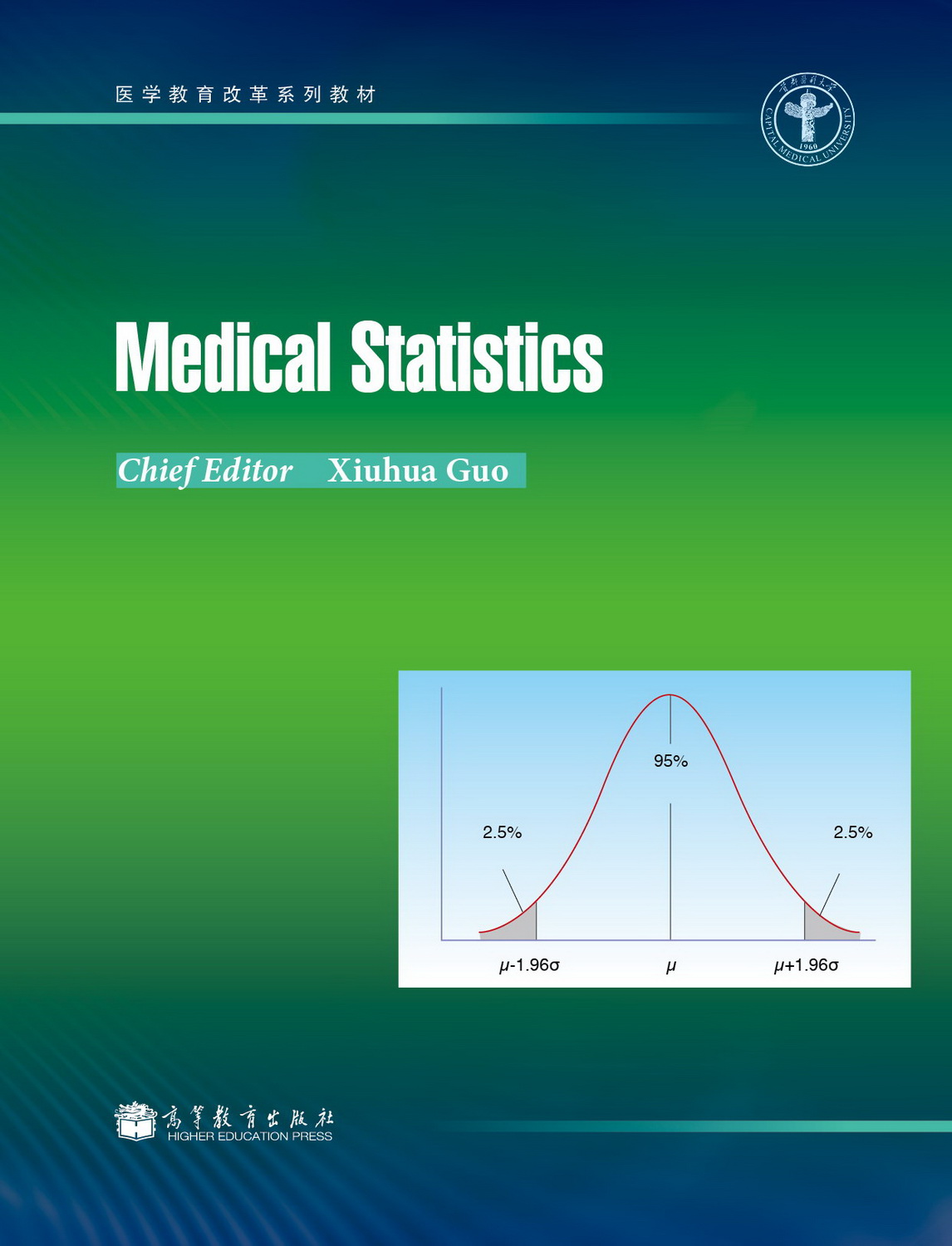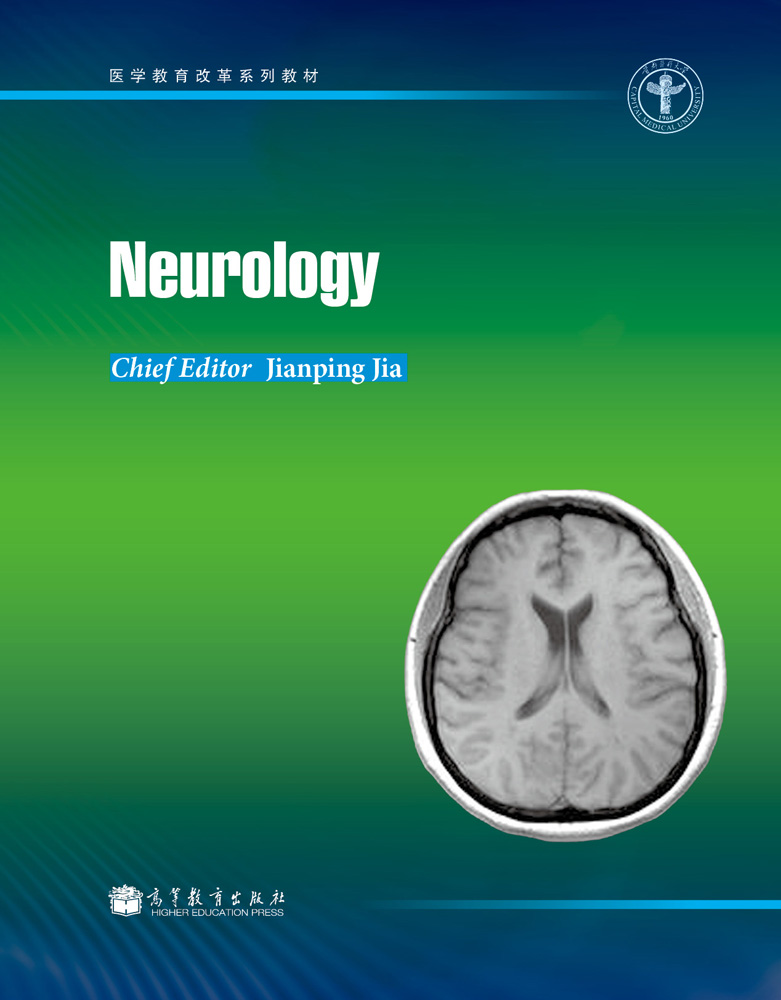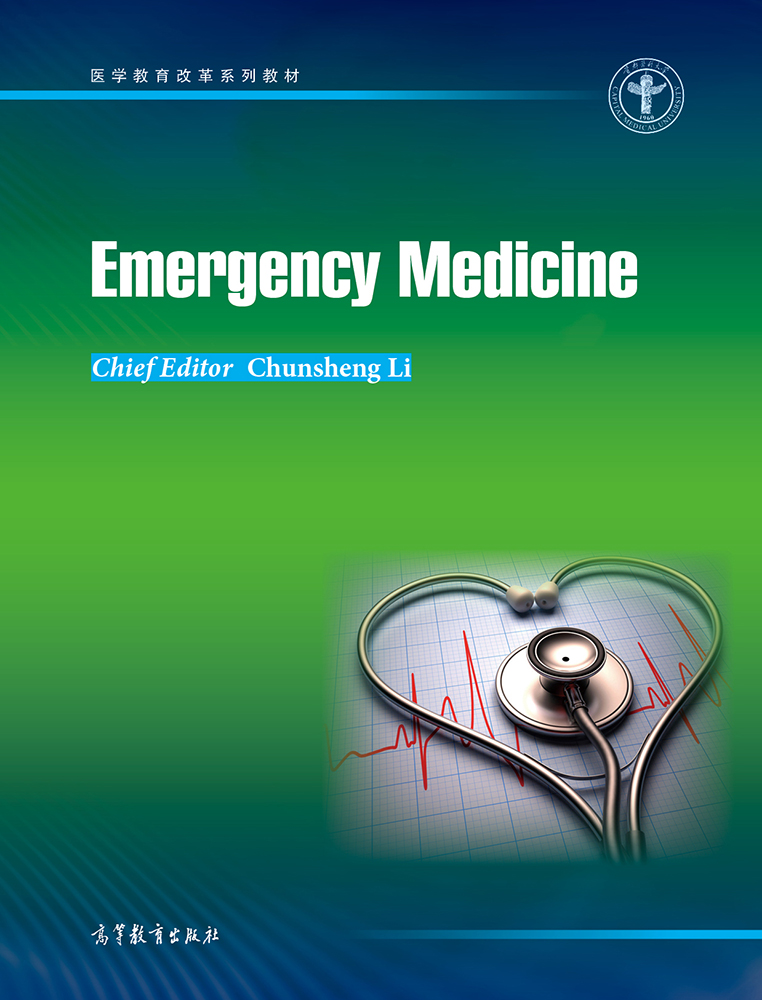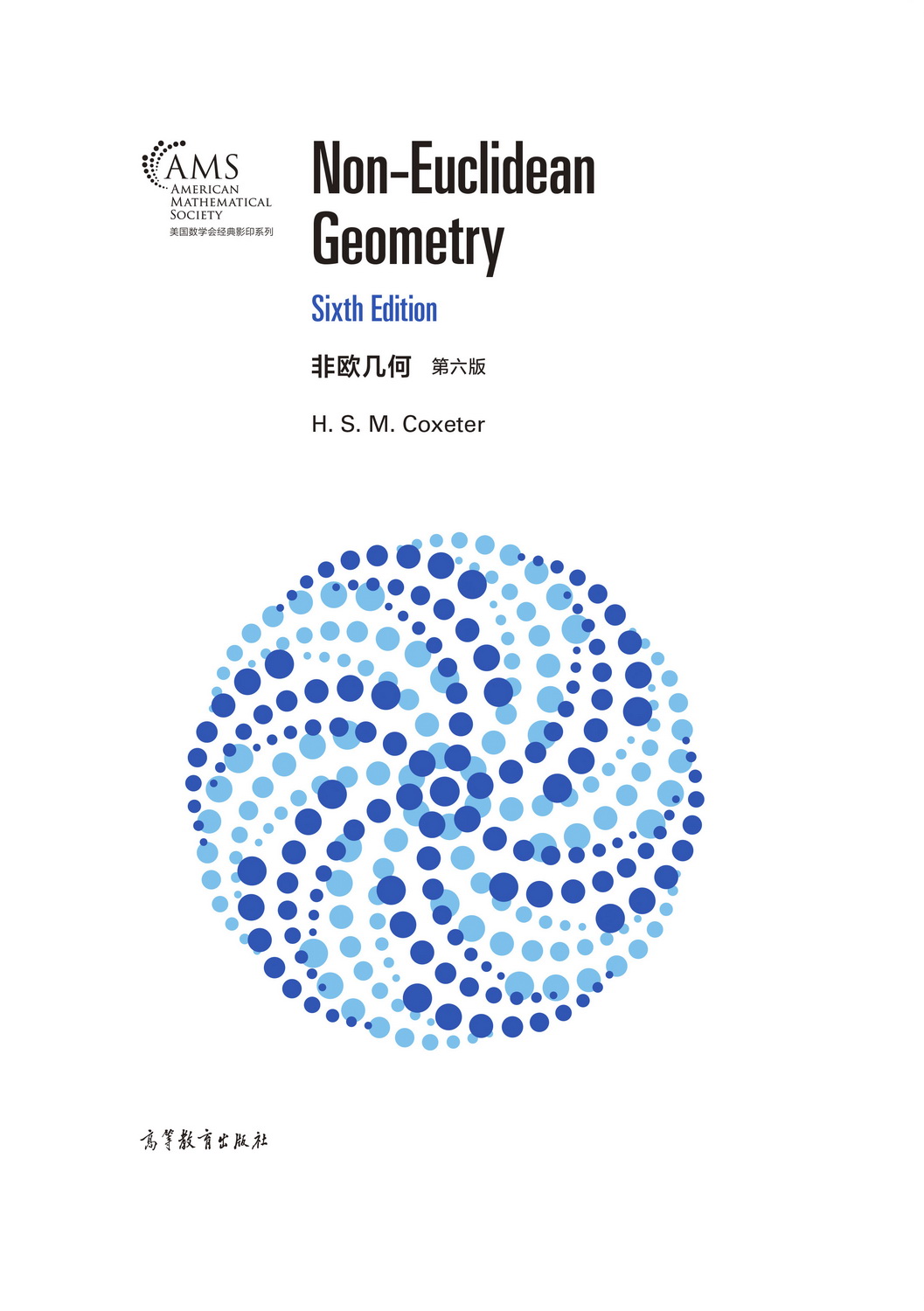Physical Chemistry
作者: 胡英
出版时间:2013-01-29
出版社:高等教育出版社
- 高等教育出版社
- 9787040355260
- 1
- 93848
- 0045152932-5
- 平装
- 16开
- 2013-01-29
- 1220
- 817
"Physical Chemistry" is a textbook for students majored in chemistry and chemical engineering. It contains comprehensively various topics in depth with a focus on basic principles, new trends and applications. The whole book is composed of five parts, Equilibrium, Rate, Structure, Statistics,and Extension, covering the macroscopic level, the transition level from microscopic to macroscopic and the microscopic level. Those characteristic properties obtained by the experimental, the semi-empirical, and the theoretical methods that should be incorporated with the basic principles to solve the practical problems are paid more attention. The Framework of the whole book and of the each chapter is stressed which will be helpful for readers to manage the scientific essentials.
Front Matter
Introduction
Explanations Concerning Physical Quantities, Units and Symbols
Symbols of Physical Quantities
Part I Equilibrium
Chapter 1 pVT Relations and Thermal Properties of Substances
Framework of the Chapter
1.1 Introduction
1.2 State and State Function
I. pVT Relations and Phase Transition Phenomena
1.3 State Diagrams, Gas Liquid Transition and Critical Phenomena of Fluids
1.4 State Diagrams and Phase Diagrams with Fluid and Solid Phases Included
1.5 Van der Waals Equation
1.6 Generalized Calculations and the Corresponding State Principle
1.7 Virial Equation
II. Thermal Properties
1.8 The First Law of Thermodynamics
1.9 Standard Heat Capacity
1.10 Standard Enthalpy of Phase Transition
1.11 Standard Enthalpy of Formation and Standard Enthalpy of Combustion
1.12 Standard Entropy
1.13 Data Resources of Thermal Properties
Brief History
Concluding Remarks
General Problems
Numerical Problems
Chapter 2 Laws and Fundamental Equations in Thermodynamics
Framework of the Chapter
2.1 Introduction
I. Fundamentals of Thermodynamics
2.2 The Second Law of Thermodynamics
2.3 Carnot Cycle and Carnot Theorem
2.4 Clausius Inequality and Reversibility Criterion
2.5 Entropy and Principle of Entropy Increase
2.6 Helmholtz Function and Gibbs Function
2.7 Fundamental Equations
II. Variations of Thermodynamic Functions in Various Processes
2.8 Variations of Thermodynamic Functions in pVT Changes
2.9 Joule Thomson Effect
2.10 Variations of Thermodynamic Functions in Phase Transitions
2.11 The Third Law of Thermodynamics
2.12 Variations of Thermodynamic Functions in Chemical Reactions
III. Two Categories of Application
2.13 Direction and Limit of a Process
2.14 Phase Equlibria of Single Component Systems, Clausius Clapeyron Equation
2.15 Effective Utilization of Energy
Brief History
Concluding Remarks
General Problems
Numerical Problems
Chapter 3 Thermodynamics of Multicomponent Systems, Fugacity and Activity
Framework of the Chapter
3.1 Introduction
I. Thermodynamics of Multicomponent Systems
3.2 Partial Molar Quantities
3.3 Chemical Potential and Fundamental Equations of Thermodynamics
3.4 Equilibrium Conditions
3.5 Phase Rule
II. Fugacity, Activity and Mixing Properties
3.6 Chemical Potential and Fugacity
3.7 Fugacity and Fugacity Factor
3.8 Raoult 's Law and Henry 's Law
3.9 Ideal Mixture and Ideal Dilute Solution
3.10 Chemical Potential and Activity (1)
3.11 Activity and Activity Factor
3.12 Chemical Potential and Activity (2)
3.13 Mixing Properties and Excess Functions
Brief History
Concluding Remarks
General Problems
Numerical Problems
Chapter 4 Phase Equilibria
Framework of the Chapter
4.1 Introduction
I. Phase Diagrams of Multicomponent Systems
4.2 Binary Vapor Liquid Equilibria
4.3 Binary High Pressure Vapor Liquid Equilibria
4.4 Binary Vapor Liquid Liquid Equilibria
4.5 Binary Liquid Solid Equilibria
4.6 Ternary Liquid Liquid Equilibria
4.7 Ternary Liquid Solid Equilibria
II. Thermodynamics of Phase Equilibria
4.8 Phase Equilibrium Calculations
4.9 Colligative Properties of Dilute Solutions
4.10 Higher Order Phase Transitions
Brief History
Concluding Remarks
General Problems
Numerical Problems
Chapter 5 Chemical Equilibria
Framework of the Chapter
5.1 Introduction
I. Various Kinds of Equilibrium Constants and the Applications
5.2 Standard Equilibrium Constant
5.3 Gaseous Chemical Reactions
5.4 Chemical Reactions in Condensed Phase
5.5 Heterogeneous Chemical Reactions
5.6 Direction and Limit of Chemical Reactions, Isothermal Equation
5.7 Simultaneous Equilibria
II. Calculations of Equilibrium Constants
5.8 Effect of Temperature on Equilibrium Constants
5.9 Calculations of Equilibrium Constants by Thermal Properties
Brief History
Concluding Remarks
General Problems
Numerical Problems
Part II Rate
Chapter 6 Transport Phenomena
Framework of the Chapter
6.1 Introduction
I. Fundamental Principles of Transport Phenomena
6.2 Fick 's Law, Fourier 's Law and Newton 's Law
6.3 Steady and Nonsteady Transport Processes
6.4 Brownian Motion
6.5 Thermal Diffusion and Dufour Effect
II. Thermodynamics of Irreversible Processes
6.6 Entropy Production Rate of Irreversible Processes
6.7 Linear Phenomenological Relations and Onsager Reciprocal Relations
III. Transport Properties
6.8 Experimental Determinations of Transport Properties
6.9 Theoretical and Semi Empirical Methods of Transport Properties
Brief History
Concluding Remarks
General Problems
Numerical Problems
Chapter 7 Chemical Kinetics
Framework of the Chapter
7.1 Introduction
I. Fundamental Principles of Chemical Kinetics
7.2 Rates of Chemical Reactions
7.3 Reaction Rate Equations
7.4 Integrated Reaction Rate Equations
7.5 Opposite Reactions
7.6 Consecutive Reactions
7.7 Parallel Reactions
7.8 Effect of Temperature on Reaction Rates
II. Characteristic Parameters in Chemical Kinetics
7.9 Experimental Methods in Chemical Kinetics
7.10 Data Processing in Chemical Kinetics
7.11 Experimental Methods for Rapid Reactions
7.12 Semi Empirical Methods
III. Reaction Mechanisms
7.13 Reaction Mechanisms and Rate Equations
7.14 Unimolecular Reactions
7.15 Principles of Microscopic Reversibility and Detailed Equilibrium
Brief History
Concluding Remarks
General Problems
Numerical Problems
Chapter 8 Kinetics of Various Types of Chemical Reactions
Framework of the Chapter
8.1 Introduction
8.2 Chemical Reactions in Solution
8.3 Diffusion and Chemical Reaction
8.4 Polymerization Reactions
8.5 Combustion and Explosion
8.6 Homogeneous Catalytic Reactions
8.7 Enzymatic Catalytic Reactions
8.8 Photochemical Reactions
8.9 Continuous Reactors
8.10 Chemical Oscillations and Chaos
Brief History
Concluding Remarks
General Problems
Numerical Problems
Part III Structure
Chapter 9 Basics of Quantum Mechanics
Framework of the Chapter
9.1 Introduction
I. Fundamental Principles of Quantum Mechanics
9.2 Experimental Foundation of Quantum Mechanics
9.3 Fundamental Characteristics of Motions of the Microscopic Particles
9.4 Fundamental Postulates of Quantum Mechanics
9.5 Fundamental Equations of Quantum Mechanics
II. Translational, Rotational and Vibrational Motions
9.6 Translational Motion of a Particle in a Box
9.7 Rotational Motion of a Linear Rigid Rotor
9.8 Vibrational Motion of a Simple Harmonic Oscillator
III. Electronic Motions in Atoms
9.9 Hydrogen Atom and Hydrogen Like Ions
9.10 Electronic Wave Functions and Electron Clouds
9.11 Electron Spin
9.12 Electronic Wave Functions of Many Electron Atoms
9.13 Electronic Configurations and Spectral Terms of Many Electron Atoms
Brief History
Concluding Remarks
General Problems
Numerical Problems
Chapter 10 Theories of Chemical Bonds and Intermolecular Forces
Framework of the Chapter
10.1 Introduction
I. Molecular Orbital Theory
10.2 Quantum Mechanical Studies on Hydrogen Molecule Ion
10.3 Molecular Orbital Theory
10.4 Molecular Orbitals of Diatomic Molecules
10.5 Valence Bond Theory
II. Application of Molecular Orbital Theory to Polyatomic Molecules
10.6 Molecular Orbitals of Polyatomic Molecules
10.7 Conjugated Molecules
10.8 Coordination Compounds
10.9 Cluster Molecules and Atomic Clusters
10.10 Molecular Properties and Reaction Properties
III. Theory of Intermolecular Forces
10.11 Intermolecular Forces
10.12 Supermolecules
IV. Principles of Symmetry
10.13 Symmetry of Molecules and Group Theory
10.14 Symmetry of Crystals
Brief History
Concluding Remarks
General Problems
Numerical Problems
Chapter 11 Basic Principles of Spectroscopy
Framework of the Chapter
11.1 Introduction
11.2 Rotational Spectra
11.3 Rotational Vibrational Spectra
11.4 Raman Spectra
11.5 Electronic Spectra
11.6 Photoelectron Spectra
11.7 Nuclear Magnetic Resonance
11.8 Paramagnetic Resonance
11.9 X Ray Diffraction
11.10 Selection Rules for Energy Level Transition
Brief History
Concluding Remarks
General Problems
Numerical Problems
Part IV Statistics
Chapter 12 Statistical Mechanics for Independent Particle Systems
Framework of the Chapter
12.1 Introduction
I. Principles of Statistical Mechanics
12.2 Description of Microscopic States
12.3 Fundamental Postulates of Statistical Mechanics
12.4 The Most Probable Distribution
II. Statistical Distributions of Independent Particle Systems
12.5 Maxwell Boltzmann Distribution
12.6 Molecular Partition Function
III. Thermodynamic Properties of Independent Particle Systems
12.7 Thermodynamic Functions of Independent Particle Systems
12.8 Standard Molar Heat Capacity of Gases
12.9 Heat Capacity of Crystals
12.10 Standard Molar Entropy of Gases
12.11 Standard Equilibrium Constant of Gaseous Reactions
Brief History
Concluding Remarks
General Problems
Numerical Problems
Chapter 13 Statistical Mechanics for Dependent Particle Systems
Framework of the Chapter
13.1 Introduction
I. Principles of Ensembles
13.2 Statistical Ensemble Theory
13.3 Canonical Ensembles
13.4 Canonical Partition Functions
II. Theoretical Methods and Molecular Simulation
13.5 Potential Functions of Intermolecular Interactions
13.6 Theory of Virial Expansion
13.7 Theory of Distribution Functions
13.8 Computer Molecular Simulation
Brief History
Concluding Remarks
General Problems
Numerical Problems
Chapter 14 Rate Theories
Framework of the Chapter
14.1 Introduction
I. Kinetic Theory of Gases and Collision Theory
14.2 Maxwell Distribution of Velocities
14.3 Collision Number
14.4 Theories of Transport Rates
14.5 Collision Theory of Reaction Rates
II. Potential Energy Surface and Transition State Theory
14.6 Potential Energy Surface
14.7 Transition State Theory
III. Molecular Dynamics
14.8 Experimental Methods of Molecular Dynamics
14.9 Theoretical Methods of Molecular Dynamics
Brief History
Concluding Remarks
General Problems
Numerical Problems
Part V Extension
Chapter 15 Interfacial Phenomena
Framework of the Chapter
15.1 Introduction
15.2 Interfacial Tension and Interfacial Excess
I. Thermodynamics of Interfaces
15.3 Fundamental Equations and Equilibrium Conditions
15.4 Laplace Equation
15.5 Kelvin Equation
15.6 Gibbs Isotherm
15.7 Wetting
II. Characteristic Properties of Interfacial Equilibria
15.8 Gas Liquid and Liquid Liquid Interfaces
15.9 Surfactants and Surface Films
15.10 Adsorptions on Solid Surface
15.11 Semi Empirical and Theoretical Methods for Gas Solid Adsorptions
III. Rate Processes in Interfaces
15.12 Dynamic Interfacial Tension
15.13 Chemical Reactions in Surface Films
15.14 Heterogeneous Catalysis
15.15 Heterogeneous Catalytic Kinetics
Brief History
Concluding Remarks
General Problems
Numerical Problems
Chapter 16 Electrolyte Solutions
Framework of the Chapter
16.1 Introduction
I. Equilibrium Properties of Electrolyte Solutions
16.2 Activities of Electrolyte Solutions
16.3 Theories and Semi Empirical Methods
16.4 Applications
II. Transport Properties of Electrolyte Solutions
16.5 Mechanism of Electric Conductance of Electrolyte Solutions
16.6 Mobility and Transference Number of Ions
16.7 Electric Conductivity
16.8 Other Applications of Electric Conductance
16.9 Diffusion in Electrolyte Solutions
16.10 Theoretical and Semi Empirical Methods
III. Reaction Rate Properties of Electrolyte Solutions
16.11 Ionic Reactions in Solution
Brief History
Concluding Remarks
General Problems
Numerical Problems
Chapter 17 Electrochemistry
Framework of the Chapter
17.1 Introduction
I. Electrochemical Equilibria
17.2 Electromotive Force of Galvanic Cell and Interfacial Potential Difference
17.3 Thermodynamics of Electrochemical Systems
17.4 Potential and Standard Potential of Cell Reaction
17.5 Potential and Standard Potential of Electrode Reaction
17.6 Various Types of Electrodes and Standard Cell
17.7 Electrochemical Equilibrium Calculations
17.8 Concentration Cell and Liquid Junction Potential
II. Theories of Electrode Solution Interface
17.9 Outer Potential, Surface Potential and Inner Potential
17.10 Surface Excess Charge and Double Layer Capacitance
17.11 Electric Double Layer Models and Outer Potential
17.12 Absolute Potential of Electrode Reaction
III. Electrochemical Kinetics
17.13 Relations among Reaction Rate, Current and Potential
17.14 Polarization Phenomena and Overpotential
17.15 Examples of Application
17.16 Transition State Theory of Electrode Reactions
Brief History
Concluding Remarks
General Problems
Numerical Problems
Chapter 18 Colloids
Framework of the Chapter
18.1 Introduction
I. Stabilization, Preparation and Destruction of Colloidal Systems
18.2 Stabilization Mechanism
18.3 Preparation
18.4 Destruction
II. Peculiarities of Colloidal Systems
18.5 Phase Equilibrium Properties
18.6 Dynamic Properties
18.7 Electrokinetic Properties
18.8 Rheological Properties
18.9 Optical Properties
III. Other Colloidal Systems
18.10 Associated Colloids
18.11 Emulsions and Foams
18.12 Gels
Brief History
Concluding Remarks
General Problems
Numerical Problems
References
I. Reference Textbooks
II. Table of Contents of “Physical Chemistry References”
III. References of Each Chapter
Appendixes
Appendix 1 Relative Atomic Masses of Some Elements Ar(12C)=12
Appendix 2 Some Fundamental Physical Constants
Appendix 3 Critical Parameters
Appendix 4 Average Molar Isobaric Heat Capacities in the Interval from 25℃ to a Certain Temperature for Various Gases
Appendix 5 Thermodynamic Data Tables
Answers to Numerical Problems
Index
Postscript

